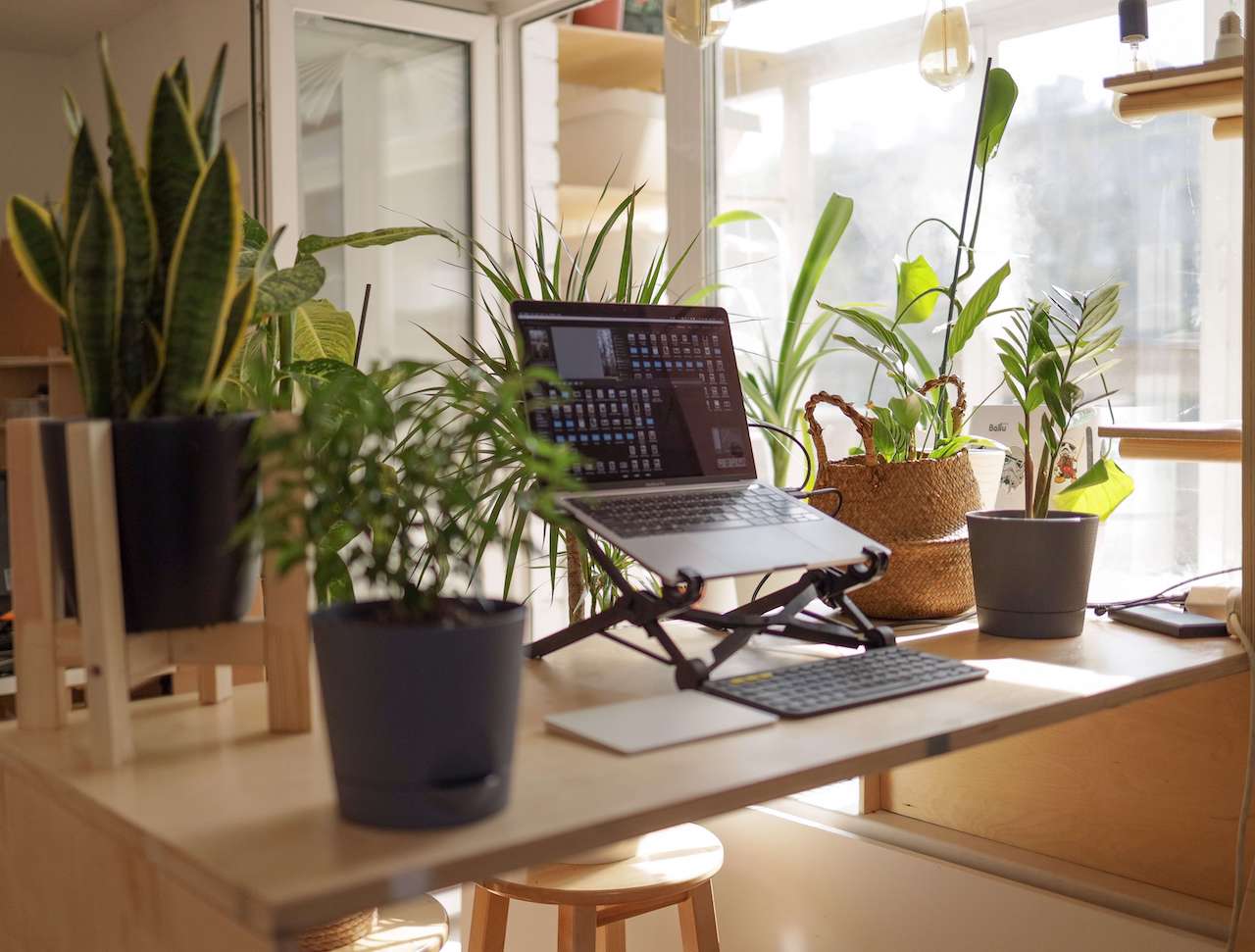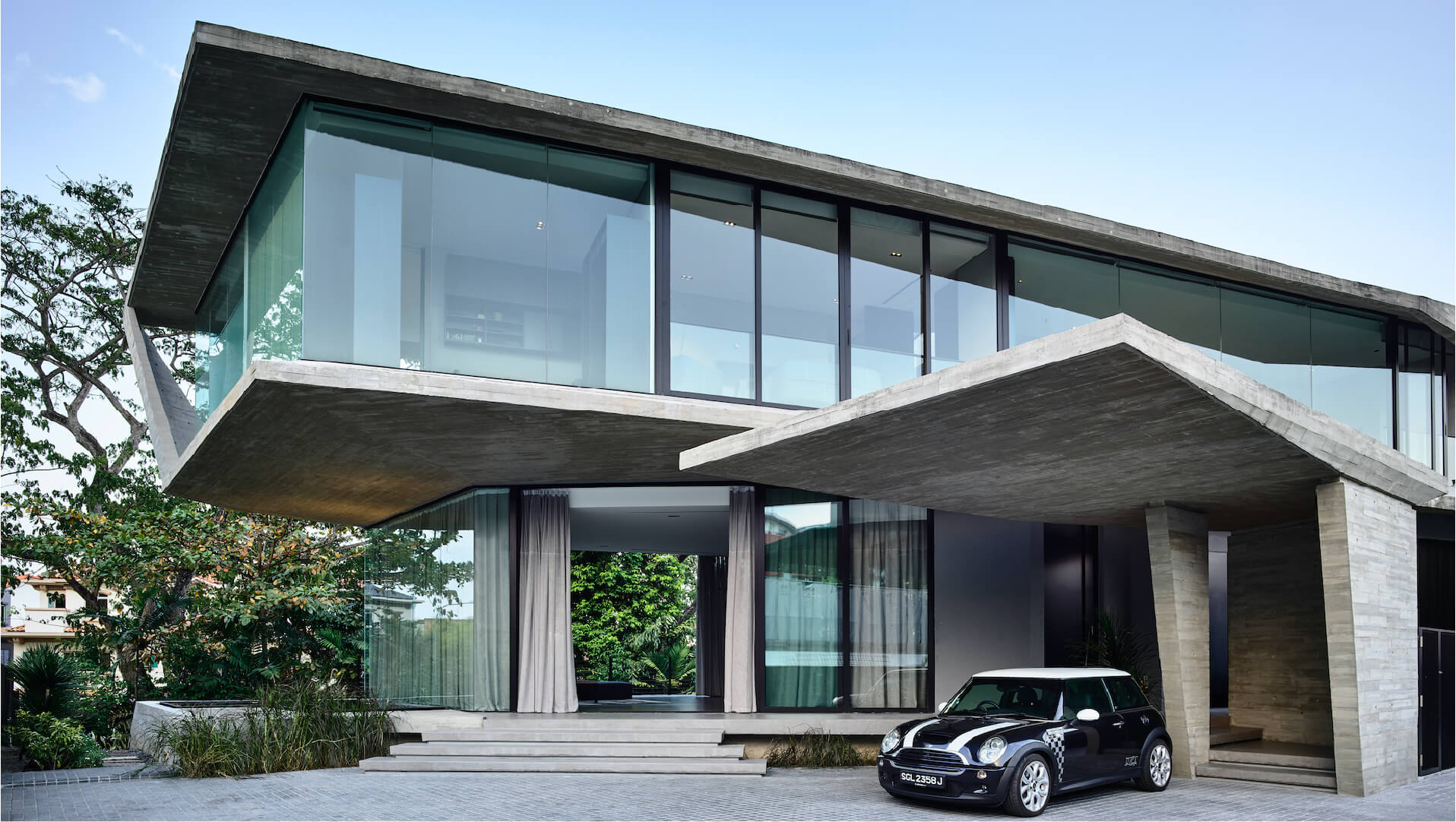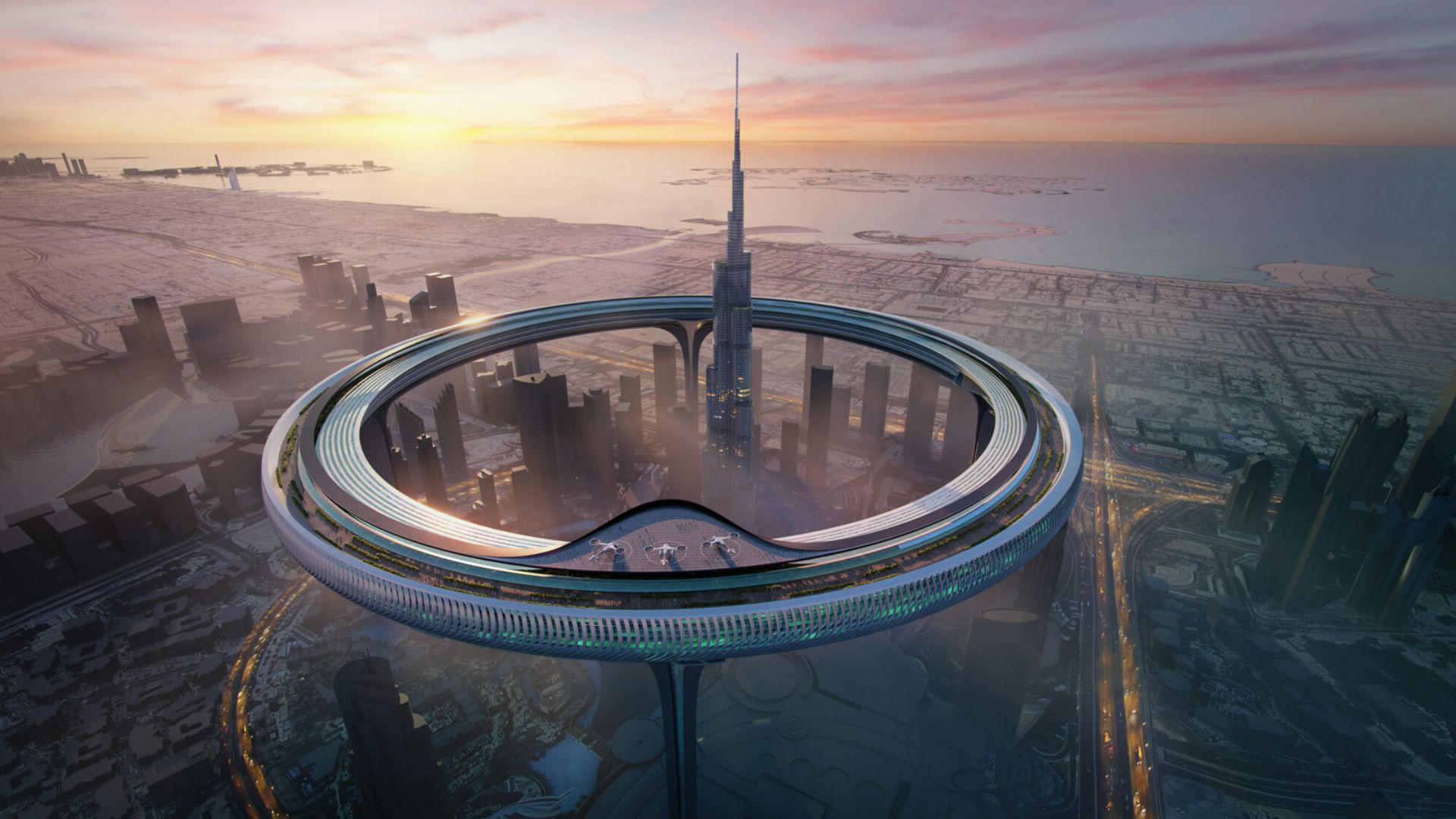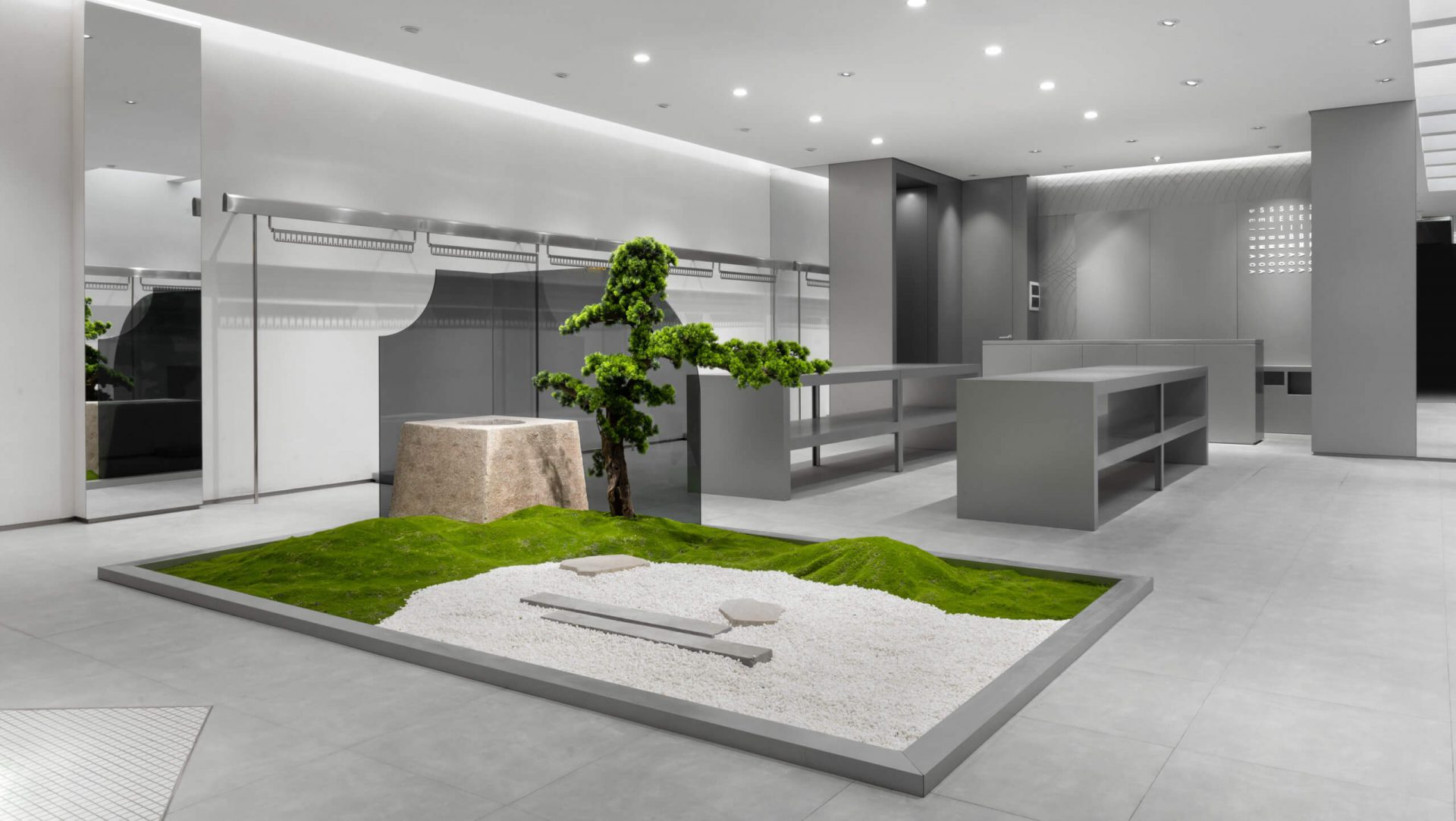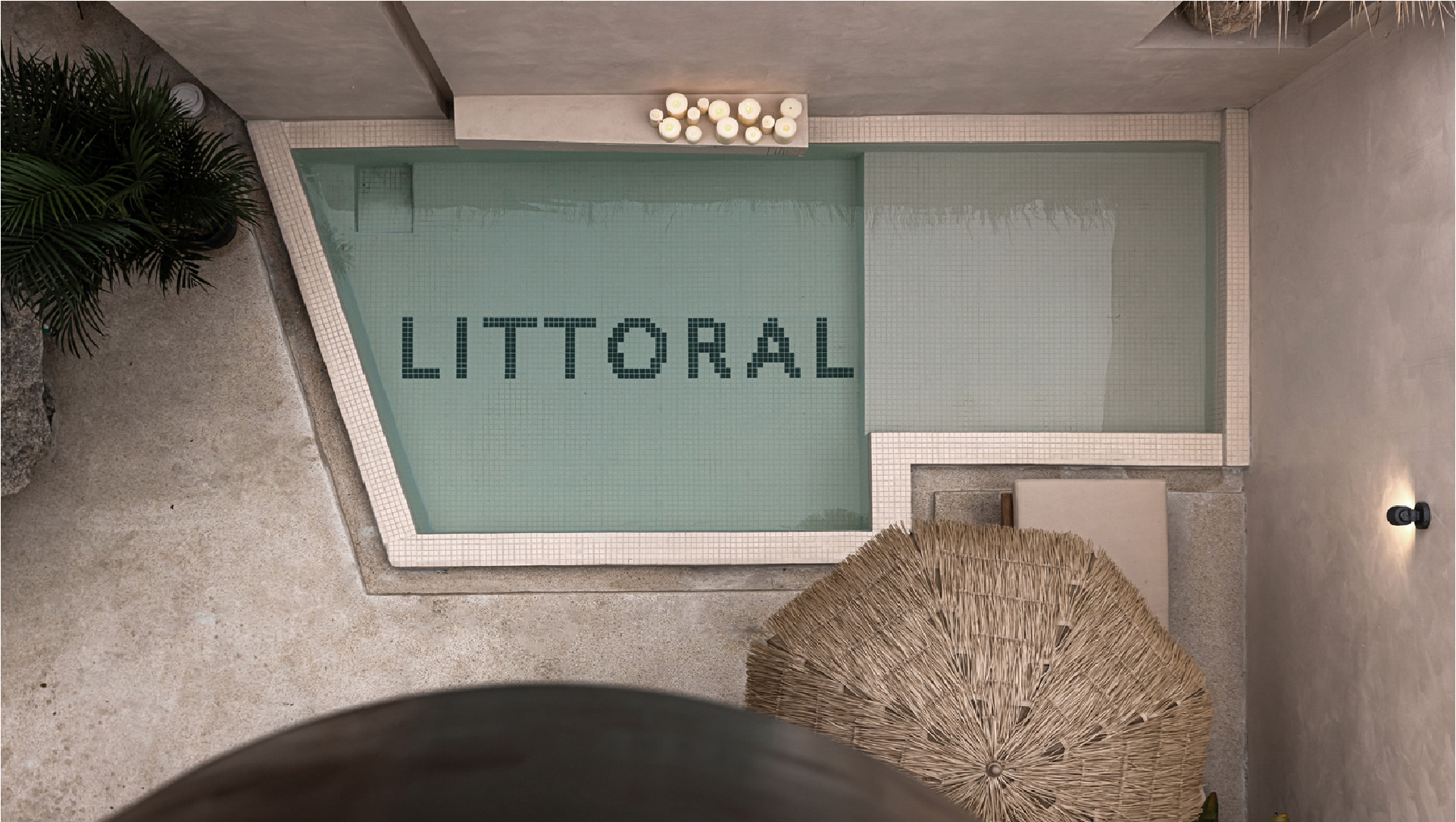Arup: wellbeing and placemaking are key to redesign our future workspace
When it comes down to basics, the global pandemic has only accelerated some of the existing trends we had all become fairly familiar with, from digital placemaking to wellbeing-obsessed design

DesignWanted chats with Léan Doody, Digital Property and Smart Cities business lead of Arup, in Europe, to discuss some of the trends that are helping us to re-think our offices.
As our collection of make-shift desks and ad-hoc working stations inexorably settle into our front rooms, kitchen tables and attics; remote workers everywhere are embracing a single truth: knowledge work has – finally – broken free from the confines of the office in what is history’s First Ever Work-From-Home Experiment.
When it comes down to basics, the global pandemic has only accelerated some of the existing trends we had all become fairly familiar with, from digital placemaking to wellbeing-obsessed design – all already reshaping how we have come to envision our future working lives.

Most knowledge workers worldwide are now working from home, prompting some people to proclaim ‘The End of The Office’: what’s your take on that?
Léan Doody:
“Let’s be clear – the pandemic is affording us with a chance to rethink and redesign our workspace: how and where we want to work. Flexible work has been on the rise since the advent of digital technology, and we now have a chance to recast how we think of the office – many of us are now looking to actively define how we work, and where we work.
What the pandemic has done is opening the door to a variety of approaches and concepts – we very much think that the office will continue to play a central role in our working life, but our approach to work will change no doubt: most of our friends will end up seeking a hybrid remote and office-based workstyle.”

There is a running joke that COVID has done more to push forward the digital transformation than many CIOs. Looking ahead, what can digital tools do to help us believe in a ‘safer’ return to the office?
Léan Doody:
“The digital revolution has been a key enabler for the mass working-from-home experiment that we’re all conducting: most knowledge workers no longer need to be close to the physical infrastructure of an office in order to be productive.
Nevertheless, we do think of work as a collaborative, social experience, and that will remain hugely important. The rise of work-enabling tech and digital tools – wi-fi, the cloud, messaging apps and video conferencing – have unlocked a virtual work environment that allows knowledge workers to create new communities and think of new ways to share and communicate with colleagues and clients.”
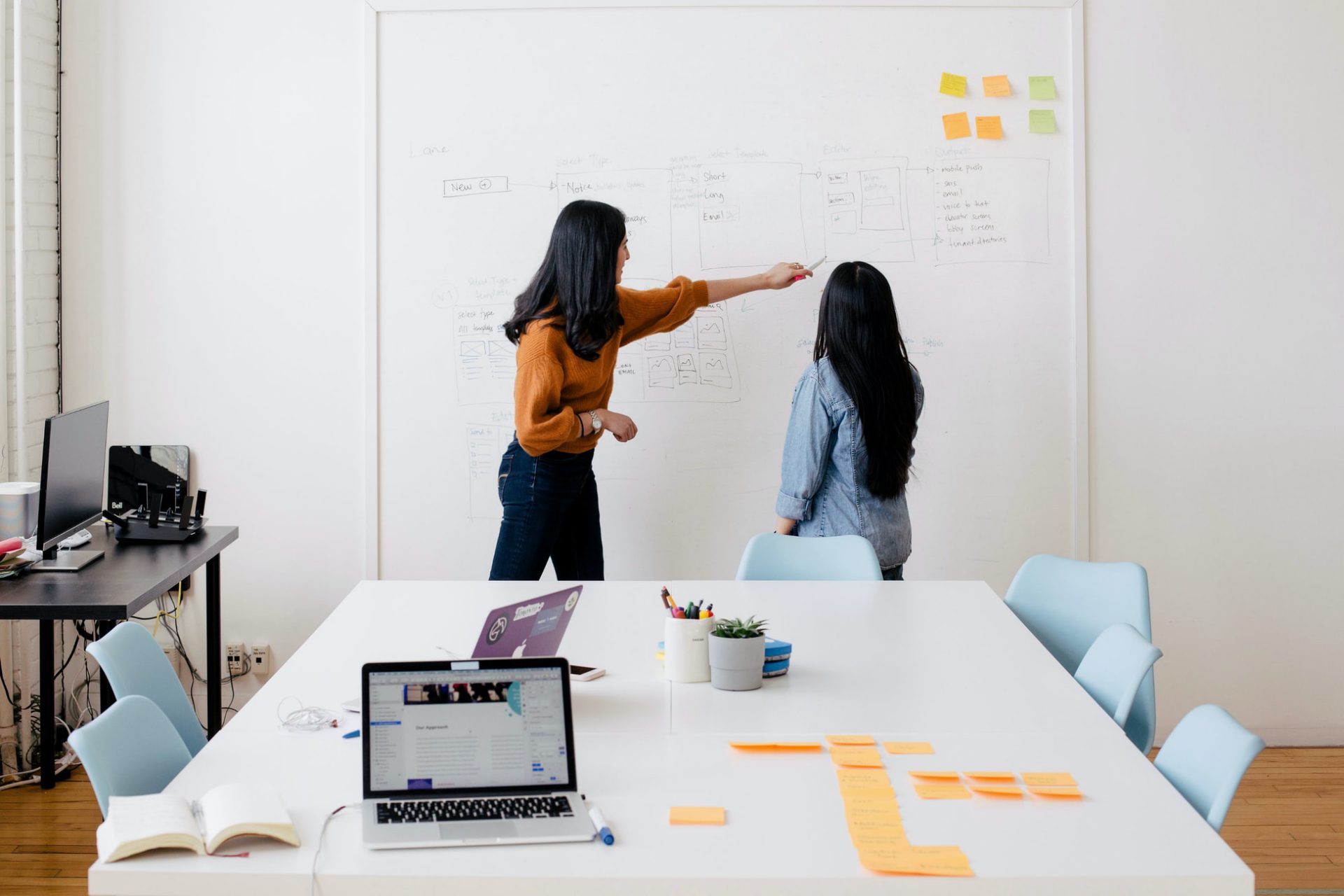
One aspect where digital tools are also playing a key role is on reimagining the return to the office: some clients have been contacting us for advice as to what is possible: “With the rules around physical distancing and what we know so far regarding the virus, what would be an optimal occupancy level in my office? How many desks could we have, and how far apart would they need to be to ensure we have a safe working environment?”
Arup has developed Space Explorer, a digital tool that helps clients plot these into your office plan, providing a cost-effective way to optimise the workplace in a post-pandemic world. The tool combines our pedestrian modelling MassMotion software with data and spatial analysis tools, and can be used to reshape offices, labs, retail spaces or any other venue where people congregate.”

The knowledge economy has been key in re-defining the workplace – how do we define what ‘work’ is?
Léan Doody:
“We have been doing some research and looking at the role that work plays in shaping people’s entire life experiences and what we’ve discovered is that, for most of us, work is not just a way to ‘make a living’.
‘Work’ is ultimately a social experience where you make friends – it is this accretive, cultural, learning experience where you forge your identity! All of these experiences that we relate to work should ultimately inform the design of the places where we actually ‘do’ our work.”

Workplaces are increasingly focusing on ‘people’ and ‘wellbeing’ – how do you think the property sector can respond to this?
Léan Doody:
“Workplace design has traditionally been concerned with increasing staff productivity, and what we’ve seen is a progressive introduction of elements that promote health and wellbeing, such as natural light or greenery.
At Arup, wellbeing and people-centred design are two of our major obsessions when it comes to rethinking the workplace. Measuring this of course can be complex, but there are industry standards that help provide a sense of direction, with energy optimisation certifications such as LEED and user-led approaches like WELL looking to address overall health and wellness.
From air and water quality to acoustics and thermal comfort – Arup has been walking the talk for a while, our office in Cork was the first in Ireland to attain a WELL Gold certification in February 2018. More importantly, we’re also seeing the commercial property sector move in this direction: there is a growing recognition that investing in wellness creates places where people thrive, where they can actually deliver their best.
The IPUT headquarters in Dublin is one of those examples where our WELL consultants have worked to create a workspace that very much puts people first.”
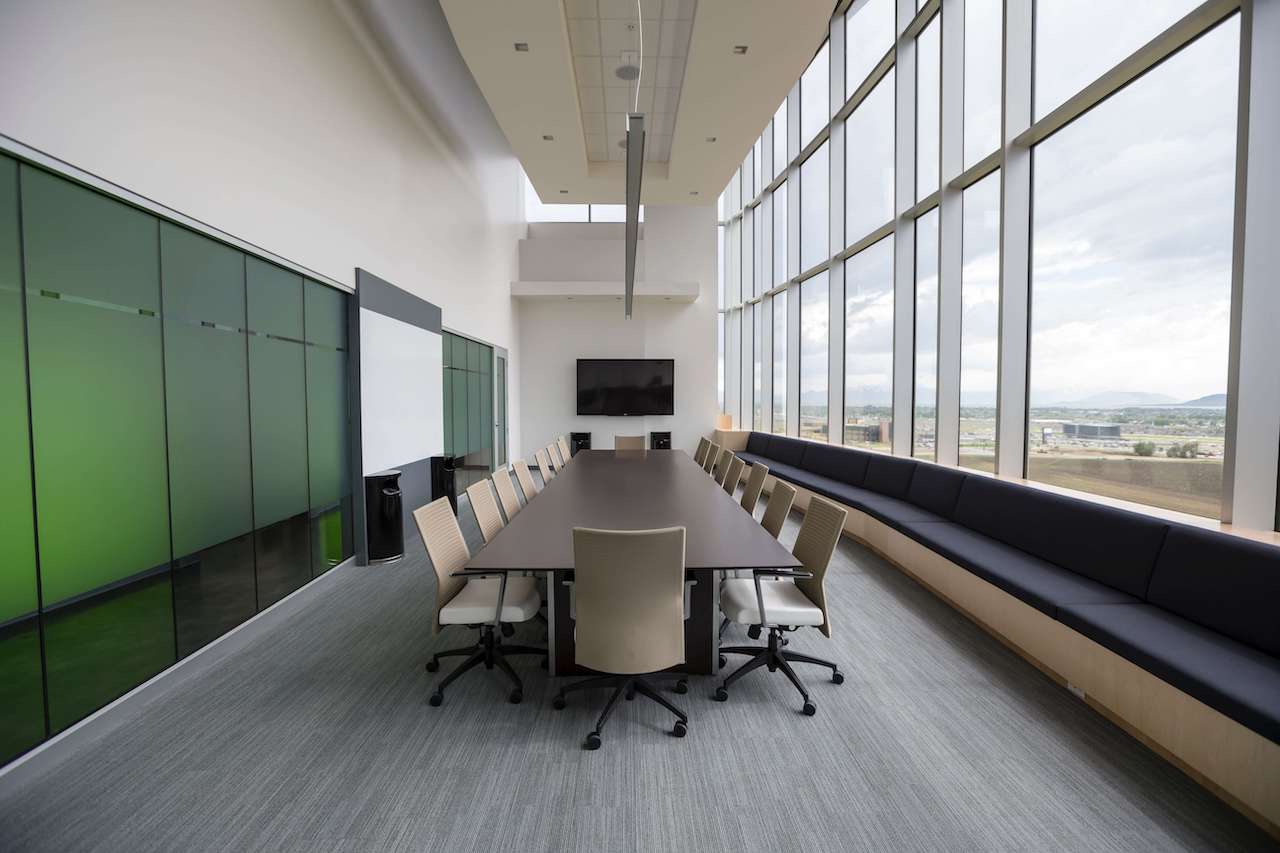
Taking a wide-angle look at things, how do you think WFH will redraw the urban experience?
Léan Doody:
“Our studies and others suggest that people will want to work from home two to three days per week. This will lead to a redrawing of the traditional central business district—it will need to become less mono-functional and more able to host a mix of uses.
Commercial buildings will need to host multiple tenants and some buildings will need to change to residential and other uses.
Meanwhile places where people live will also need to become less monofunctional – local centres will become centres of economic activity. The impacts of this on transport, land use, rents, energy are yet to be worked through, but we are in a very interesting transitional phase right now.”

With our current understanding of the world, what is the future of the commute?
Léan Doody:
“As the lockdown eased, we’ve seen lots of people trialling new approaches to mobility, mostly hopping on bikes and walking to get around… Cities like Milan have also been really quick to adapt, rolling out tactical urbanism campaigns almost overnight to ensure the city strengthens public and active transport modes – rather than encouraging the uptake of the private car, for instance.
In a sense, you could argue that the pandemic has returned people to their neighbourhoods. My colleague Terry Lee-Williams, a well-known transport advisor, is making a case for the 15-minute neighbourhood – positing how urban communities could well be revitalised by the WFH revolution.”

In that vein, we see opportunities when it comes to the future of the workplace: we call it ‘workplace-making’. It builds on the move away from mono-functional places. What we really have in mind is these in-between environments: the places where great ideas spark from serendipitous human-to-human interactions, and where people can find inspiration and solace from an experience with urban life or with nature.
This leads to the new practice of workplace-making (i.e. workplace-placemaking) that, for the first time, actively and primarily asks commercial developers and companies to engage with space beyond the envelope of the building. It also leads to a new vision of how work could be better integrated with, instead of separated from, the fabric of life.
We think that employers can reap the benefits of bringing together different employees around shared tasks; cities can unlock the advantages of socialising residents with very different backgrounds and skillsets; and by taking into accounts the needs of people and place, commercial developers can leverage this knowledge to design more desirable, resilient spaces.”









